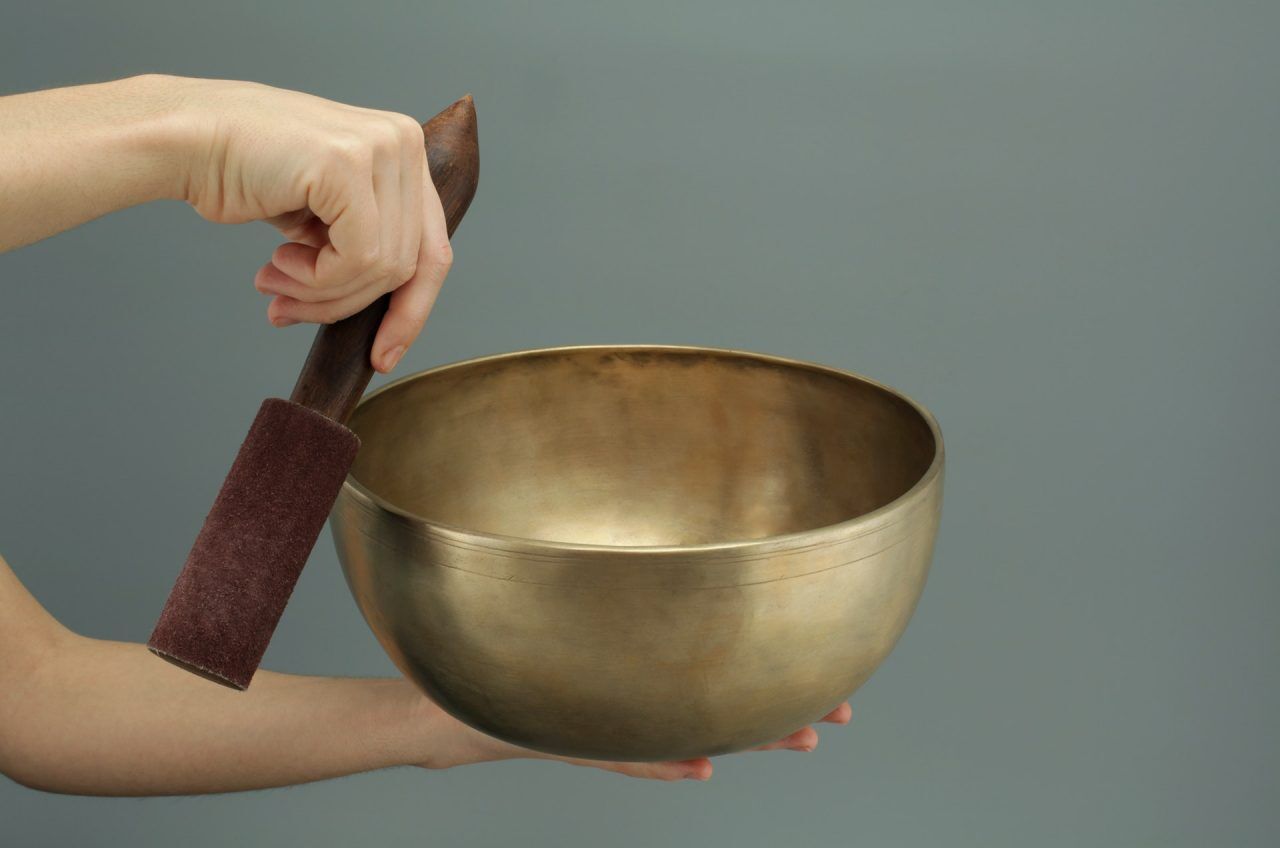It is a common Western misconception that the image of an overweight Buddha sitting cross-legged and looking completely at peace with himself is a genuine representation of the deity on which Buddhism is founded. The book, Buddha’s Diet by Tara Cottrell and Dan Zigmond, disperses this mistaken belief as they expound on the “ancient art of losing weight without losing your mind.”
They even use a fitter-looking Buddha on the cover of their book. You don’t have to follow Buddhist teachings to follow the Buddha diet. Read on to learn more.

Buddha’s Diet – The Real Story
In Buddhist temples in Thailand, the monks ate whatever they received from their begging rounds. But they only ate within a limited window during the day, traditionally between dawn and noon. They fast the rest of the day.
This practice allows the monks to sustain and nurture their bodies, while not being too focused on food. Eating is simply a means of nourishment.
Dan Zigmond’s time with the monks in Thailand helped him realize that “[Thinking] back to what it was like to be a human being in the earlier stages in our evolution, our digestive systems, and our metabolisms didn’t have to work all the time because food wasn’t available all of the time. There’s no reason for our metabolism to work 24/7 or even 16 to 18 hours a day. Because until this age of refrigeration and food on demand, there’s just no way we could have eaten at all hours of the day and night.”
Based on this realization, he and co-author Tara Cottrell wrote the Buddha’s Diet book which promotes restricting focus on food by limiting eating time to only about 10 to 12 hours per day.
How Does the Buddha’s Diet Work?
The only drastic change you’ll make to your diet is when you eat – that is, limiting your eating time to a specific number of hours per day.
As with most flexible diet plans, you should start small when you begin the Buddha diet. Do not limit your eating to within a 10- or 12-hour window on your first day. Slowly but steadily work your way toward this goal by cutting out one hour at a time from your regular eating schedule, every few days. You can do this by eating a bit later in the morning or eating your last meal for the day an hour earlier than usual. Once you find this easy to do, or when you no longer feel any food cravings, cut out another hour.
Whether you’re still on your adjustment period or have already begun a 12-hour window eating schedule, make sure you eat your last snack. dessert, or meal within that eating window.
You will need to weigh yourself regularly to see how you’re progressing. It doesn’t have to be daily; you can schedule your weigh-ins to coincide with each time you reduce your eating time or do it once a week.
An early flight, a business dinner, or a social gathering should not derail your Buddha diet. You will simply have to adjust your schedule to make sure that you’ll still stay within your window period for eating.
Make cheat days part of your diet plan. The Buddha’s Diet authors believe that giving yourself a cheat day – when you won’t follow a strict eating schedule – will prevent your metabolism from adjusting too much to the restrictive diet plan. When your metabolism gets used to a certain way of eating, the body also adjusts how it uses energy so it does not have to tap into its fat stores for fuel or so it can replenish its fat stores – this usually leads to a weight-loss plateau and/or weight gain.
Following the Buddha’s diet may be a huge step for some people. But Zigmond’s advice is that, “Like many things, it probably sounds harder than it is. When you start to make these adjustments you realize that you don’t have to eat so many times.” Given enough time, your body will get used to the new normal, and even how you view food will also change.
How to Make the Buddha’s Diet Work For You
Following the Buddha’s diet only requires shifting meal schedules a little to squeeze them into a 12-hour window. The hardest part would be training yourself to stop eating when the time is up. For most people, a lot of the food eaten or nibbled on after dinner are empty calories – and these are calories that will have nowhere else to go but into fat cells.
The Buddha diet will help you form new eating behaviors, and healthier ones at that. You’ll develop greater discipline; you’ll learn to be more selective about the food you eat; you’ll learn about eating mindfully. The diet is an excellent first step towards adopting a healthier lifestyle.
